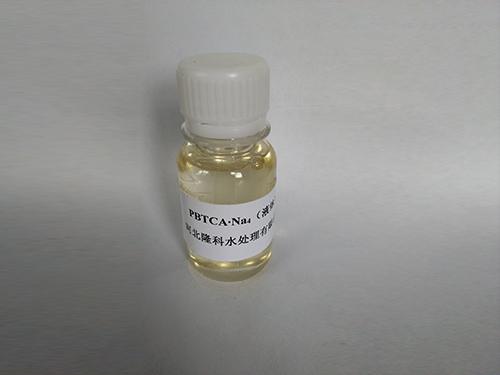coagulants and flocculants in water treatment
Coagulants and Flocculants in Water Treatment
Water treatment is a crucial process that ensures the safety and quality of water for human consumption and environmental sustainability. Among the various techniques employed, the use of coagulants and flocculants stands out as essential methods for removing impurities and improving water clarity.
Coagulants are chemical agents that assist in the aggregation of fine particles suspended in water. They work by neutralizing the electrical charges of these particles, which are typically negatively charged. When added to water, coagulants, such as aluminum sulfate (alum), ferric chloride, and polyaluminum chloride, cause the particles to clump together, forming larger aggregates known as flocs. This process is known as coagulation.
Once the coagulant has been added, the next step is flocculation. Flocculants, which can be either inorganic or organic, promote the further agglomeration of the formed flocs, enhancing their size and weight. Common flocculants include polyacrylamides and natural biopolymers like chitosan. These substances create a network that captures more particulates, making it easier to separate them from the water.
coagulants and flocculants in water treatment

The combined action of coagulants and flocculants significantly improves the efficiency of sedimentation or filtration processes used in water treatment. The larger flocs settle at a faster rate, allowing for clearer water to be extracted from the treatment system. This is particularly important in municipal water treatment plants where large volumes of water need to be processed daily.
Moreover, the application of coagulants and flocculants is not limited to potable water treatment. They are also extensively used in industrial wastewater treatment, where they help remove suspended solids, heavy metals, and other pollutants. This not only protects the environment but also helps industries comply with stringent regulatory standards concerning water discharge.
However, the selection of appropriate coagulants and flocculants depends on various factors, including water quality, the type of contaminants present, and the desired treatment goals. Understanding the chemistry of these agents, as well as their optimal dosages and application methods, is essential for achieving effective results.
In conclusion, coagulants and flocculants play a vital role in modern water treatment processes. Their ability to enhance the removal of impurities ensures that water is safe for consumption and effluents are treated properly before being released back into the environment. As we continue to confront water scarcity and pollution challenges, the role of these chemicals will remain critical in our efforts to maintain clean and safe water supplies.
-
Water Treatment with Flocculant Water TreatmentNewsJun.12,2025
-
Polymaleic AnhydrideNewsJun.12,2025
-
Polyaspartic AcidNewsJun.12,2025
-
Enhance Industrial Processes with IsothiazolinonesNewsJun.12,2025
-
Enhance Industrial Processes with PBTCA SolutionsNewsJun.12,2025
-
Dodecyldimethylbenzylammonium Chloride SolutionsNewsJun.12,2025





